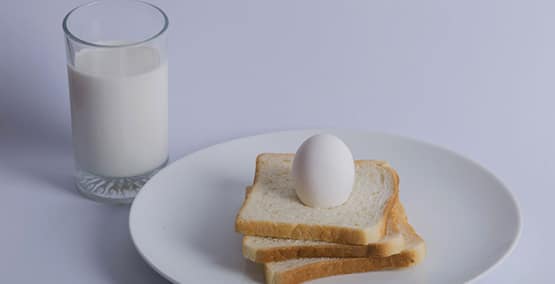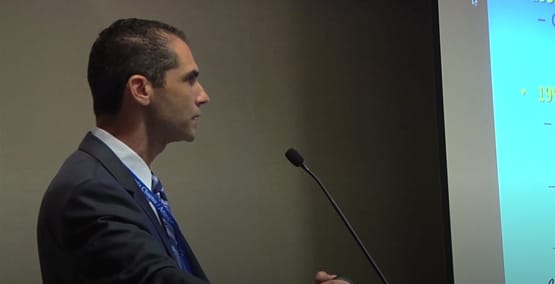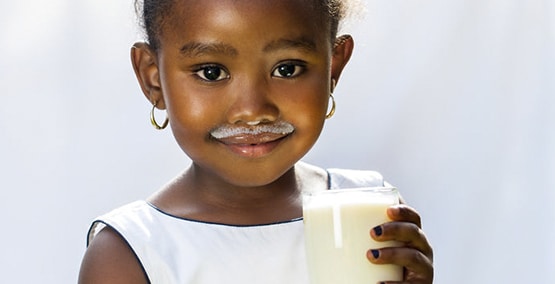
Using diet to treat eosinophilic esophagitis
There is no single accepted treatment for Eosinophilic Esophagitis (EoE). Medications can be used to decrease the inflammation, but treatment is largely focused on the fact that foods usually trigger the condition and removing certain foods seems to help.
Dietary Therapy
For some patients, skin tests (skin prick and patch testing) can reveal some of the foods that are triggering EoE. Eliminating the foods that show up positive completely resolves symptoms and the inflammation for 50-70% of those with EoE.
Even without identifiable food allergies, others may benefit from the "six food elimination diet." The six most common foods associated with EoE are milk, soy, egg, wheat, nuts and seafood. Similar to skin test-directed elimination therapy, this diet resolves the problem in 50-70% of children who go on the diet.
That leaves 30-50% who don't completely respond (or "go into remission") to skin testing nor the six food elimination diet.Usually this group of people will need a stricter therapy known as the elemental diet. With this diet, all nutrients are given as a broken down ("elemental") formula that often requires tube-feeding. Fortunately, the elemental diet can treat nearly 100% of those who are on it.

Diet Modifications
Each of these EoE elimination diets can be difficult to maintain. The good news is that once the disease begins to improve, the diet may be able to be modified to gradually add more foods back in.
Of course, figuring out the right diet for EoE takes time and can be complicated. Knowing which foods to eliminate, avoiding nutritional deficiencies, looking out for hidden allergens, and sticking to the rules of a diet, takes an entire team. A pediatric gastroenterologist and allergist usually involve a dietician and occasionally a psychologist to benefit the family.
Beyond Diet
Dietary therapy may not be best for all children or adults. The main alternative to diet is medications such as an acid blocker (of the Prilosec variety) in combination with anti-inflammatory medications (budesonide or fluticasone). These anti-inflammatories are either gels or sprays that coat the esophagus to reduce the swelling and prevent narrowing. While these medications are steroids, they don't have the same frequency of side effects as traditional steroids. Studies have shown that medication t can induce remission in 50-80% of patients.
Similar to dietary therapy, the goal is to find the lowest dose that will continue to keep the esophagus and child healthy. To assure that's the case, most individuals with EoE need follow-up endoscopies to determine if their treatment is working.
Additional information A number of support networks and resources are available. The SEED Center of Atlanta, Inc (www.seedcenteratl.org), The American Partnership for Eosinophilic Disorders (www.apfed.org), the North American Society for Pediatric Gastroenterology, Hepatology and Nutrition (www.naspghan.org), the Food Allergy and Anaphylaxis Network (www.foodallergy.org), and GAeos.org (www.gaeos.org) can help you better understand this condition and provide resources that will help your child and family thrive.




